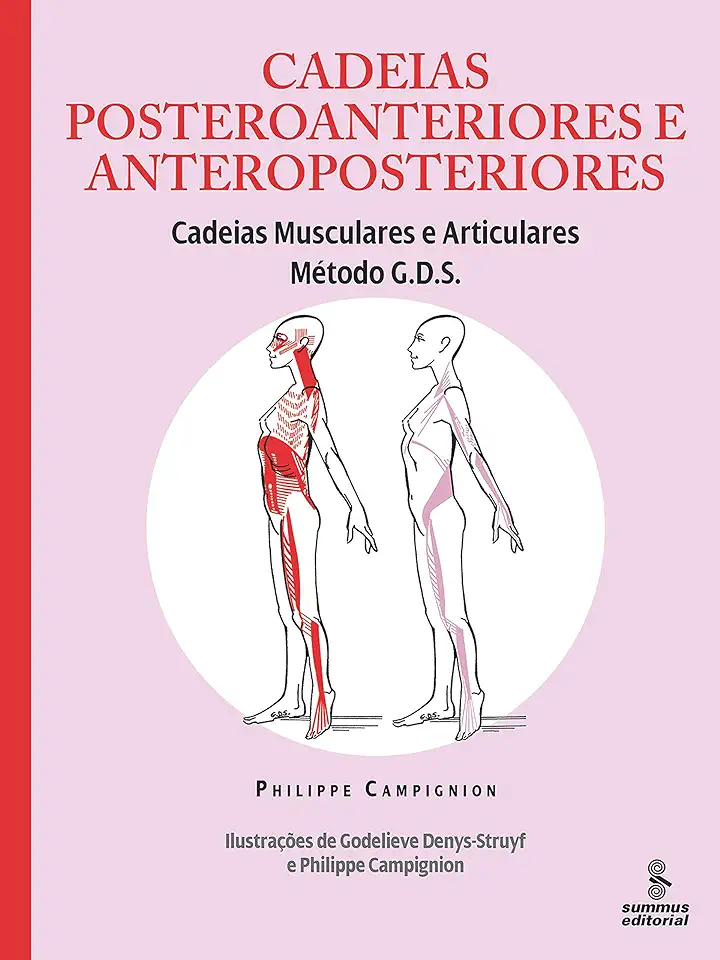
Posterior and Anterior Chains - Campignion, Philippe
Posterior and Anterior Chains: A Comprehensive Guide to Understanding, Assessing, and Correcting Muscle Imbalances
Introduction
In the world of fitness and rehabilitation, understanding muscle imbalances is crucial for achieving optimal performance and preventing injuries. "Posterior and Anterior Chains" by Philippe Campignion serves as a comprehensive guide to comprehending, assessing, and correcting these imbalances. This book is a must-have for fitness professionals, athletes, and anyone interested in improving their overall health and well-being.
Understanding Muscle Chains
The human body is a complex system of muscles, bones, and joints that work together to facilitate movement. Muscles are organized into chains, with each chain responsible for specific movements and functions. The posterior chain, located at the back of the body, includes muscles such as the glutes, hamstrings, and back muscles. The anterior chain, located at the front of the body, consists of muscles such as the quadriceps, chest muscles, and abdominal muscles.
Muscle Imbalances and Their Consequences
Muscle imbalances occur when one muscle group is stronger or tighter than its opposing muscle group. This can lead to various problems, including:
- Pain and discomfort: Muscle imbalances can cause pain in the affected area, such as lower back pain, knee pain, or shoulder pain.
- Reduced mobility: Tight muscles can restrict joint mobility, limiting the range of motion and affecting performance in physical activities.
- Increased risk of injuries: Muscle imbalances can put excessive strain on certain joints and muscles, making them more susceptible to injuries.
- Poor posture: Muscle imbalances can lead to postural deviations, such as rounded shoulders or excessive lower back curvature, which can further contribute to pain and discomfort.
Assessment and Correction of Muscle Imbalances
"Posterior and Anterior Chains" provides a detailed framework for assessing muscle imbalances and developing targeted corrective exercises. Campignion presents a comprehensive range of tests and techniques to evaluate muscle strength, flexibility, and postural alignment. Based on the assessment results, readers can design personalized exercise programs to address specific muscle imbalances and restore optimal muscle balance.
Key Features of the Book
- Comprehensive coverage: The book covers a wide range of topics, including muscle anatomy, biomechanics, assessment techniques, and corrective exercises.
- Evidence-based approach: Campignion draws upon scientific research and clinical experience to provide evidence-based recommendations for correcting muscle imbalances.
- Practical application: The book includes numerous illustrations, diagrams, and step-by-step instructions for performing corrective exercises.
- Case studies: Real-life case studies demonstrate how to apply the principles of muscle chain assessment and correction to address specific client needs.
Conclusion
"Posterior and Anterior Chains" is an invaluable resource for anyone seeking to understand and correct muscle imbalances. With its comprehensive approach and practical guidance, this book empowers readers to take control of their physical health, improve performance, and reduce the risk of injuries. Whether you're a fitness professional, an athlete, or simply someone looking to improve your overall well-being, this book is a must-read.